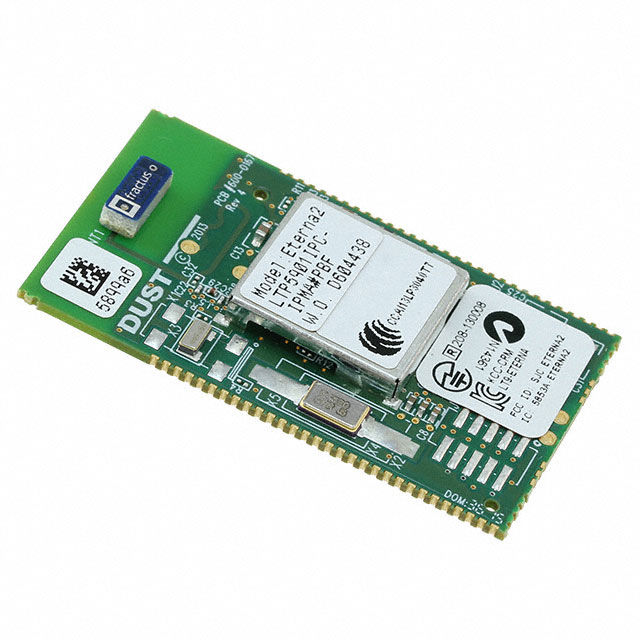How Do Integrated Circuits Revolutionize PMIC – Voltage Regulators - Linear + Switching?
- joddiemarshall6
- Oct 22, 2024
- 3 min read
The Essential Role of Integrated Circuits in Modern Voltage Regulation
Voltage regulators play a pivotal role in managing and stabilizing the voltage in electronic devices, ensuring efficiency and prolonging device life. Integrated circuits have revolutionized the way power management integrated circuits (PMICs) function by combining both linear and switching regulators into a single solution. This integration not only simplifies power management but also enhances the performance of electronic devices across various applications. By adapting to the needs of the device, integrated circuits provide precise control, reduce power waste, and offer a scalable solution that supports advancements in technology.
Unveiling the Technical Synergy of Linear and Switching Regulators
Linear and switching regulators serve distinct purposes within the realm of power management. Linear regulators, renowned for their simplicity, provide a quick and quiet response with minimal interference, making them ideal for noise-sensitive applications. Conversely, switching regulators are celebrated for their efficiency and ability to handle higher power through complex circuitry that switches on and off rapidly to control voltage. The combination of these two types of regulators within integrated circuits allows for an optimal balance of power efficiency and noise reduction, crucial for high-performance electronics.
Innovations in PMIC Technology: Enhancing Device Efficiency
The integration of linear and switching regulators through advanced PMIC technology has led to significant improvements in power efficiency. This innovative approach reduces thermal footprint and enhances battery life in portable devices, a crucial factor in mobile technology and wearables. Additionally, the adaptive nature of these integrated circuits allows them to provide dynamic power management, adjusting power supply based on device demand without user intervention. The continuous evolution of PMIC technology pushes the boundaries of what is possible in power efficiency and management.
Application Spectrum: Broadening the Horizons of Integrated Circuits ics
Integrated circuits have found their way into a myriad of applications, underscoring their versatility and critical importance in various sectors. From consumer electronics like smartphones and laptops to more demanding environments such as automotive systems and renewable energy inverters, the application spectrum of these circuits is vast. In each application, the integrated approach of combining linear and switching regulators ensures optimal performance, highlighting the adaptability and necessity of these components in modern technology.
The Future of Power Management: Trends and Predictions
As technology progresses, the demands on power management systems continue to escalate. The future of PMICs lies in further integration and miniaturization, with developments aimed at making these circuits even more efficient and compact. Innovations such as multi-phase regulators, which offer improved performance and lower heat generation, are on the rise. Moreover, the integration of smart capabilities, such as IoT-enabled monitoring for real-time power adjustment, is set to redefine power management in the digital era, making integrated circuits an indispensable part of future technologies.
Conclusion: Embracing the Power of Integrated Circuits ics
The integration of linear and switching voltage regulators into PMICs using integrated circuits represents a monumental leap in electronic design. This synergy not only maximizes power efficiency and device performance but also drives innovation in a wide array of technological applications. As we move forward, the continued evolution of integrated circuits ics will play a crucial role in shaping the future of electronic devices, making it an exciting time for technologists and consumers alike. The journey of integrated circuits is far from over; it is continually evolving, promising a future where technology runs cleaner, faster, and more efficiently.



Comments